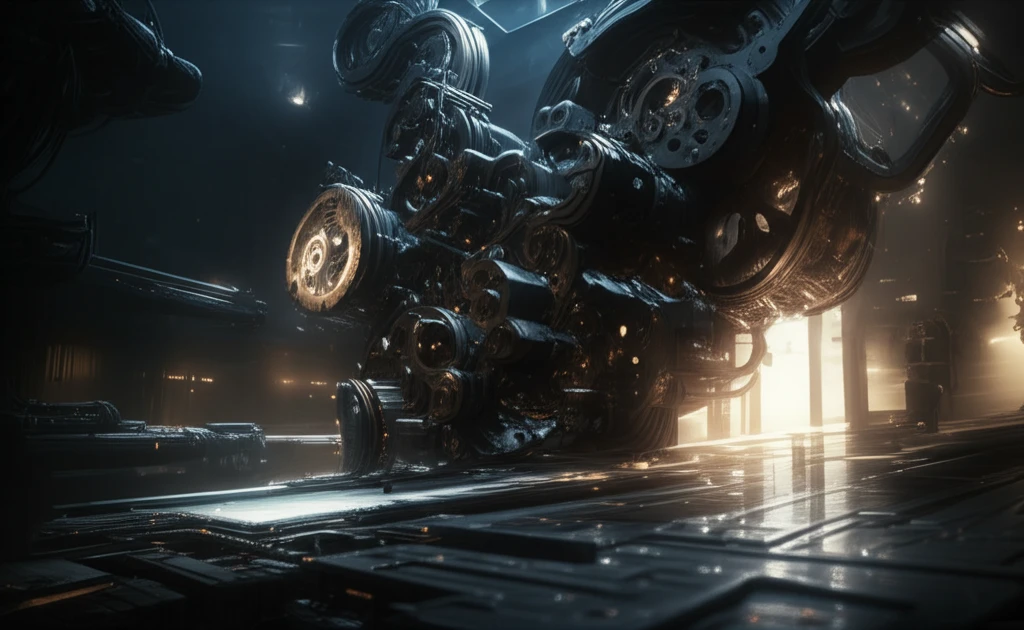
Engineering Harmony: Optimizing Multibody Dynamics for a Sustainable Future
"Discover how multi-objective topology optimization is revolutionizing the design of multi-functional components, paving the way for greener, more efficient engineering solutions."
In an era defined by sustainability and efficiency, the field of engineering is constantly evolving to meet increasingly complex demands. One of the most promising advancements lies in the realm of multi-objective topology optimization (MOO), a sophisticated design approach that is transforming the way we create multi-functional components within multi-body dynamics systems.
Traditional engineering often focuses on single objectives, such as maximizing strength or minimizing weight. However, real-world applications demand a delicate balance of multiple, often conflicting, goals. MOO addresses this challenge by simultaneously optimizing various performance metrics, such as dynamic response, material usage, and cost, leading to more robust and versatile designs.
This article delves into the principles and applications of multi-objective topology optimization in the context of multi-body dynamics. It will explore how this technique is enabling engineers to design innovative, sustainable solutions across a wide range of industries, from automotive and aerospace to robotics and renewable energy.
What is Multi-Objective Topology Optimization?

Topology optimization is a mathematical approach that optimizes material layout within a defined design space, for a given set of loads and boundary conditions, such that the resulting design meets a prescribed set of performance targets. Multi-objective optimization expands this concept to simultaneously optimize multiple, often conflicting, objectives. In the context of multi-body dynamics, this means designing components that not only withstand dynamic forces, but also exhibit desired behaviors, such as controlled motion or vibration damping, all while minimizing material usage and cost.
- Passive Components: These are elements that respond to forces or motion without requiring an external energy source. Examples include springs, dampers, and structural supports.
- Active Components: Active components use an external energy source to modify their behavior. Examples include actuators, sensors, and smart materials.
- Reactive Components: A class of smart structure that reacts to external stimuli using pre-stored energy or energy from external stimuli.
The Future of Engineering is Optimized
Multi-objective topology optimization is rapidly becoming an indispensable tool for engineers seeking to create innovative, sustainable, and high-performing designs. As computational power increases and optimization algorithms become more sophisticated, we can expect to see even wider adoption of MOO across various industries. By embracing this powerful technique, engineers can unlock new possibilities for creating a future where technology harmonizes with both human needs and environmental responsibility.
